An ode to the Walla Walla Valley
May 16, 2021
What comes to mind when you think of an aesthetically pleasing landscape? Most people will conjure up images of dramatic, snow-capped mountain ranges or remote and exotic beaches. While these landscapes certainly are beautiful, oftentimes, there is little to be said about landscapes that are not found to be as attractive, at least in the conventional sense.
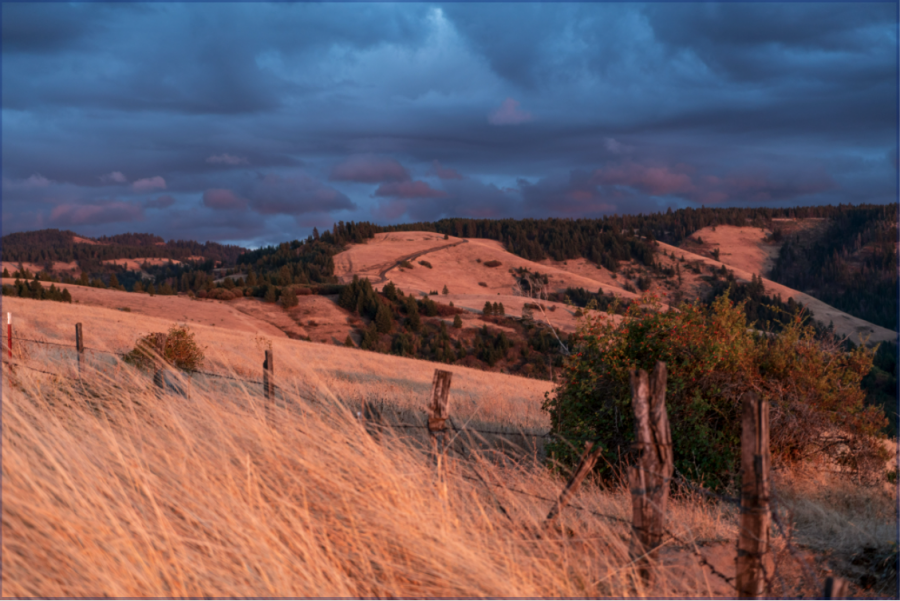
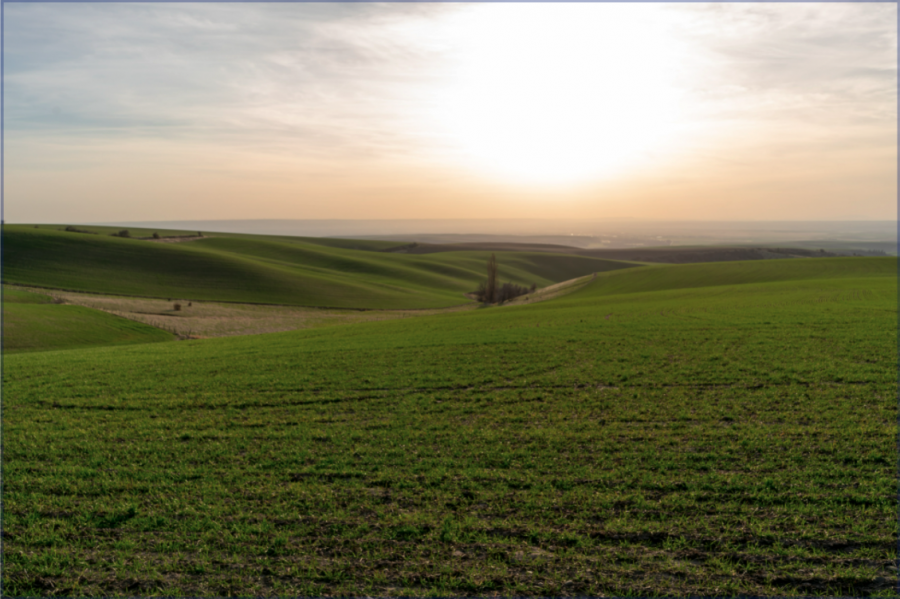
The Walla Walla Valley is situated directly beneath the foothills of the Blue Mountains which, while not astoundingly tall, reach an elevation of 6,387ft (1946m) 25 miles east of campus (which is 1000ft above sea level if you’re standing at Lakum Duckum). The town of Walla Walla lies in the drainage basin of many local streams whose headwaters lie in the Blues, most notably Mill Creek and the Walla Walla River, which eventually drain into the Columbia River. If you walk for roughly thirty minutes in any given direction from town, you will inevitably find yourself in someone’s wheatfield. These rolling hills, sometimes described as prairies, found north of the valley were formed around 14,000 years ago when floodwaters from glacial lakes in modern-day Montana carried sediment that settled into the topsoils in what is now primarily wheatfields. This vast, treeless landscape stands in stark contrast with other regions of the Pacific Northwest such as those found west of the Cascades. This may come as a surprise to many first-years and prospective students who thought that Pacific Northwest just meant dark and dense coniferous forests and glaciated mountains.
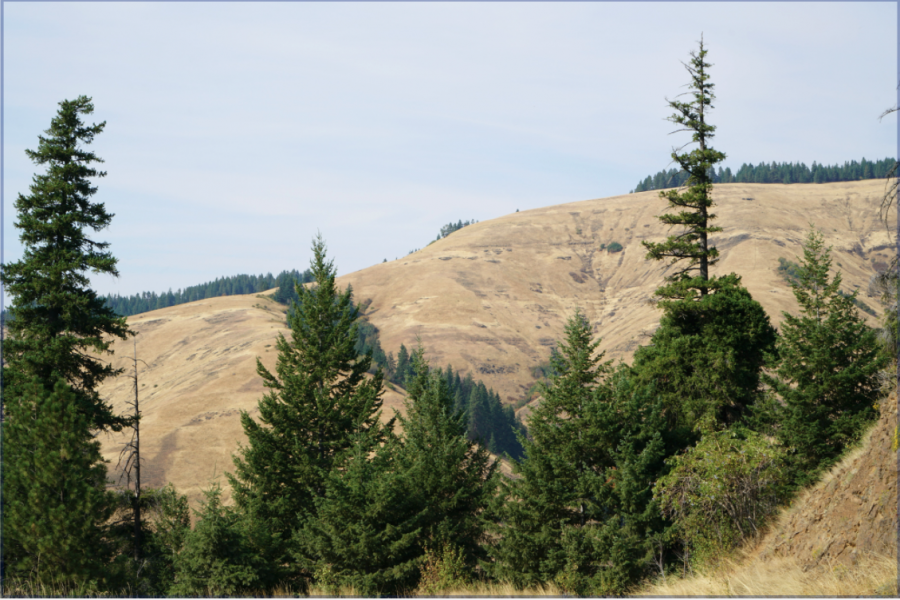
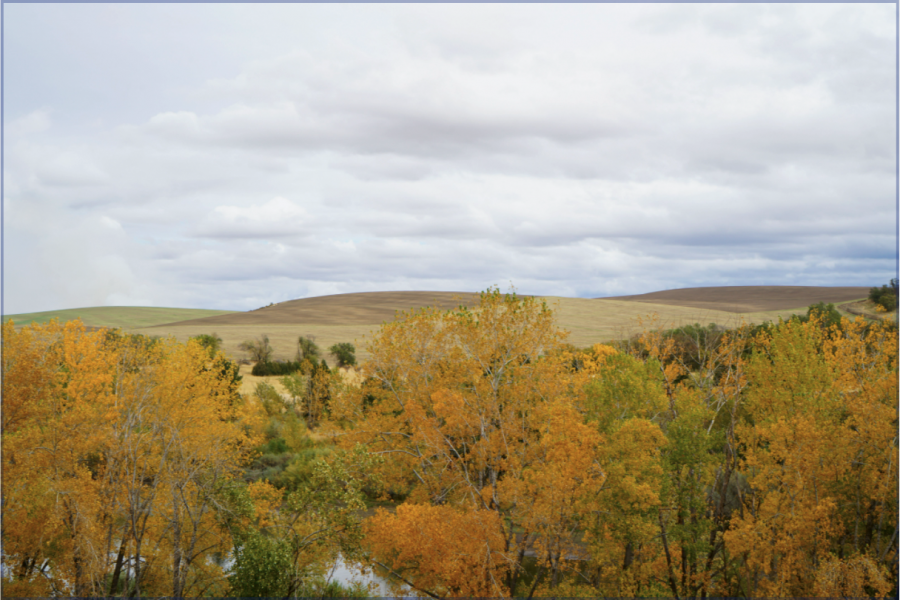
The landscape surrounding us can best be described as subtle. The subtle rolling of the hills. The subtle foothills of the Blues. The subtle flowing of water in College Creek. For many of us, it can be easy to disregard or forget about the beauty of our environs. When not placed in a stimulating landscape that doesn’t immediately catch your eye, it can be easy to not take as much notice to it. The thing is, Walla Walla grows on you. I have found that the more time I spend here, the more and more I learn to appreciate the landscapes in our vicinity. Sure, it might not be Cancun or Yosemite or even the Cascades, but that’s not really the point. The point is to find the subtleties of beauty, to not draw comparisons to other landscapes, as each landscape is unique and has its own attributes that make it beautiful.
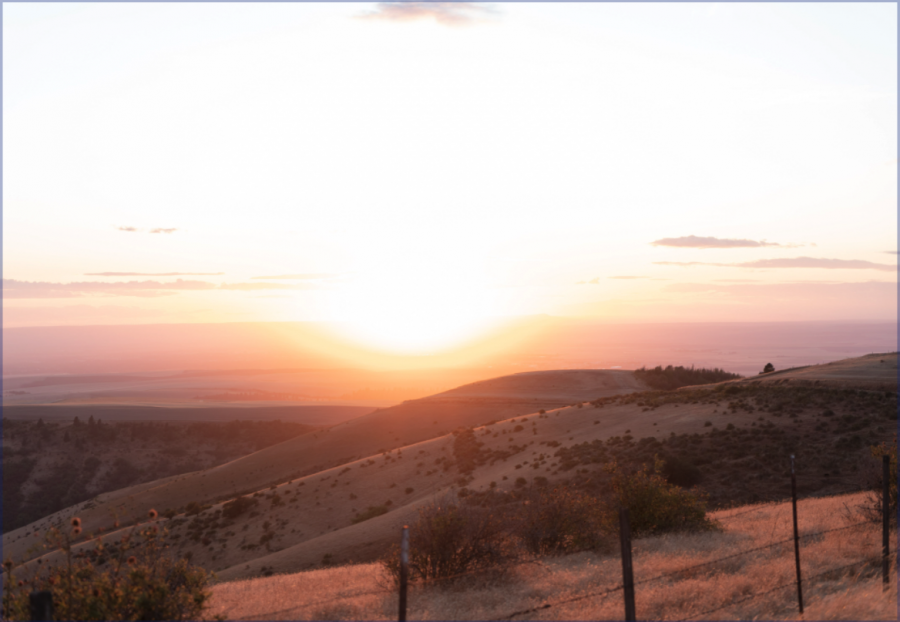
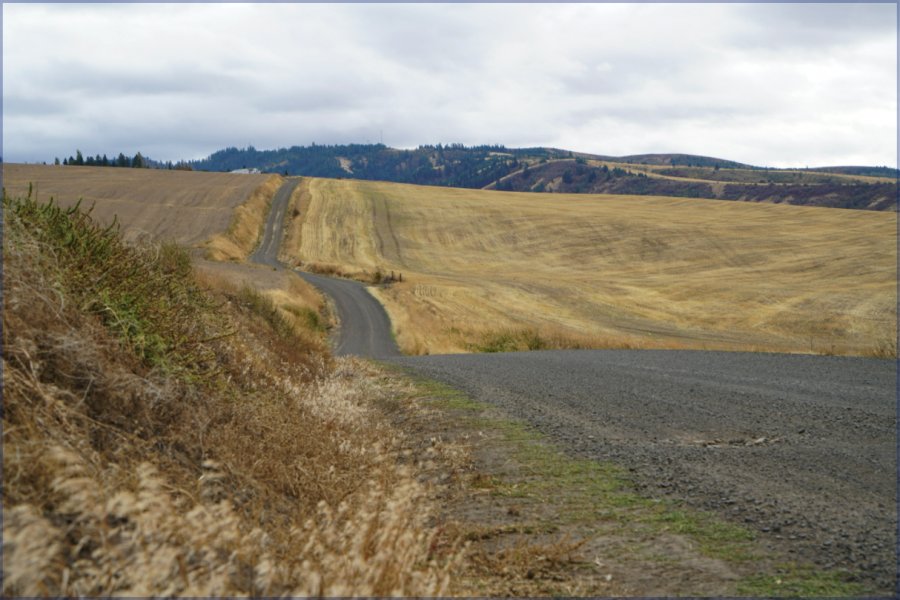
While Walla Walla may not be everyone’s first thought of some place they find aesthetically pleasing, it does hold certain qualities that can often go unnoticed or unappreciated. After all, there is a reason that an unofficial rite of passage at Whitman is to venture out in the wheatfields to watch the sunset, and it’s not because it isn’t pretty or it’s “the only thing to do”. It’s because as you finally watch the sun start to dip below the horizon and the sky lights up in a myriad of colors that illuminate the Blues and cast long shadows upon the waves of golden wheat, you finally begin to realize why you came here.
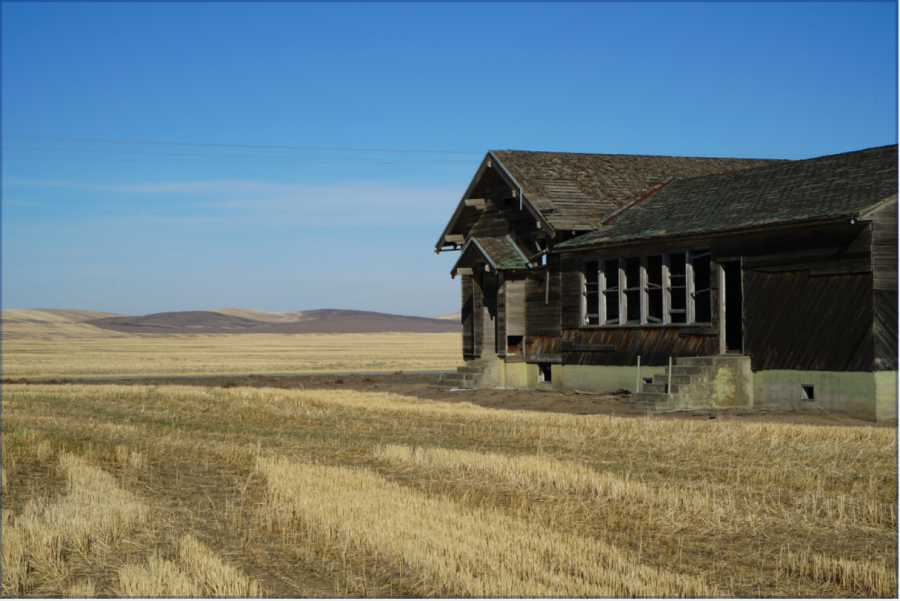
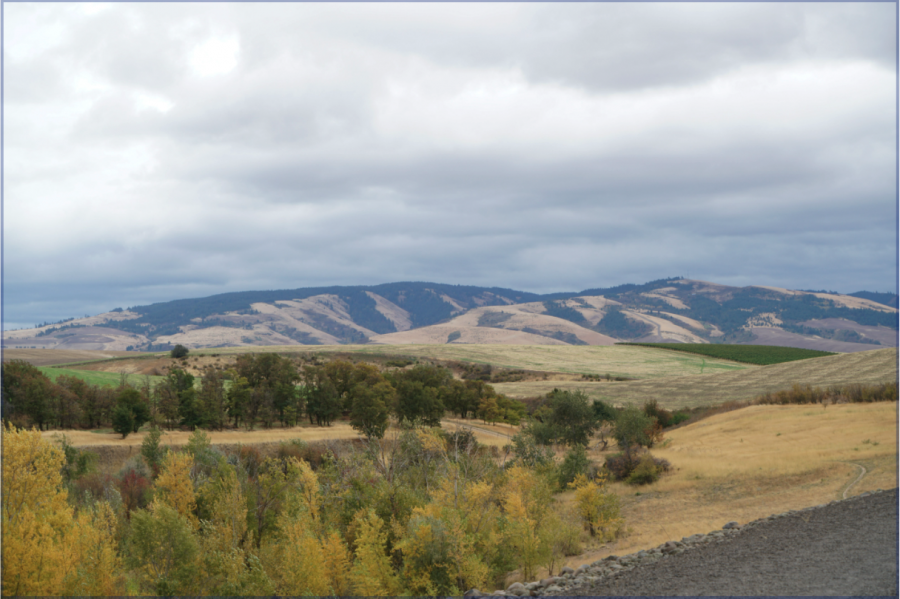
“I learned a prairie secret: take the numbing distance in small doses and gorge on the little details that beckon.” – William Least Heat-Moon, PrairyErth






G. D. Enos • May 16, 2021 at 3:46 pm
Bravo! We need to talk.